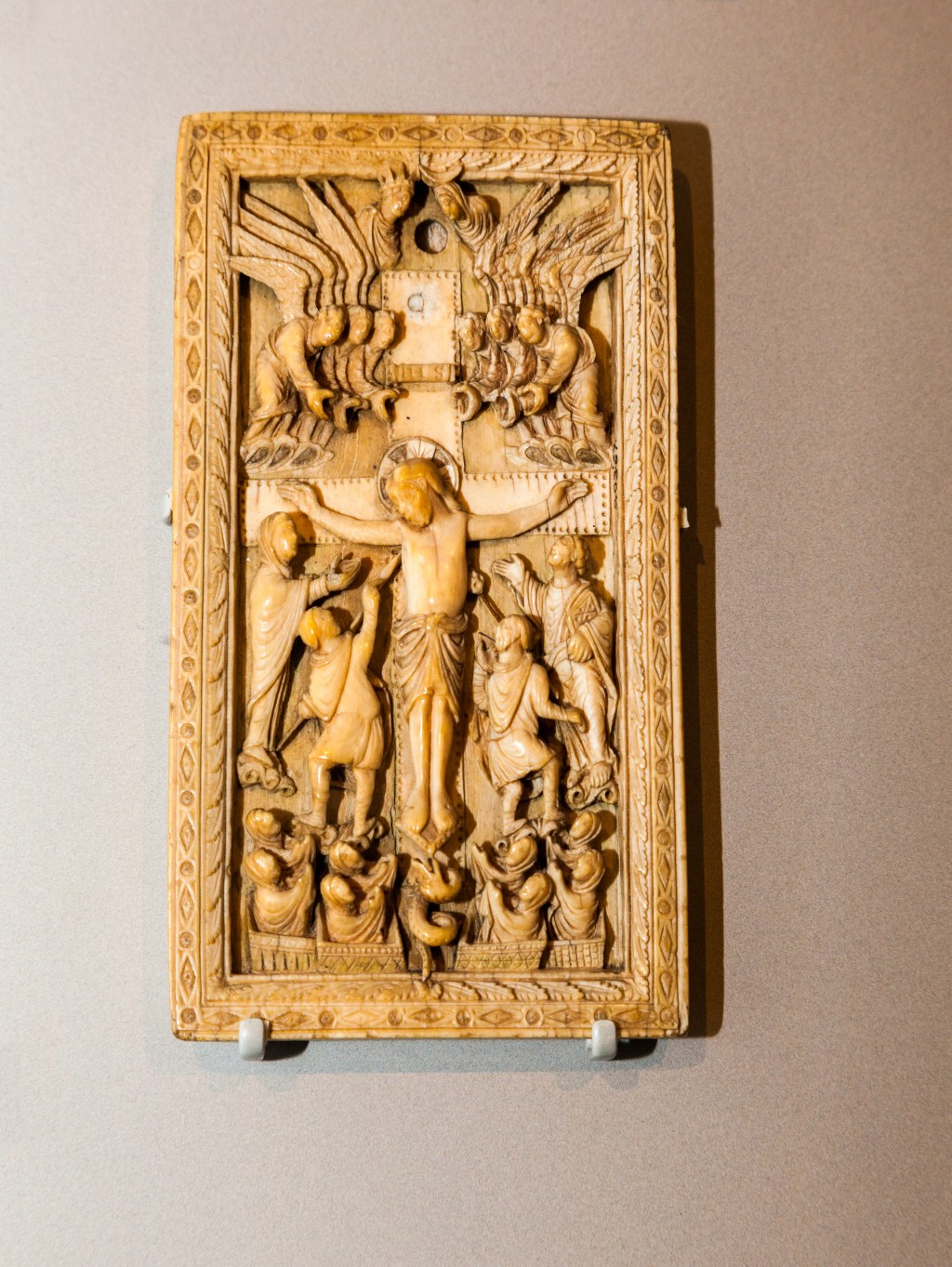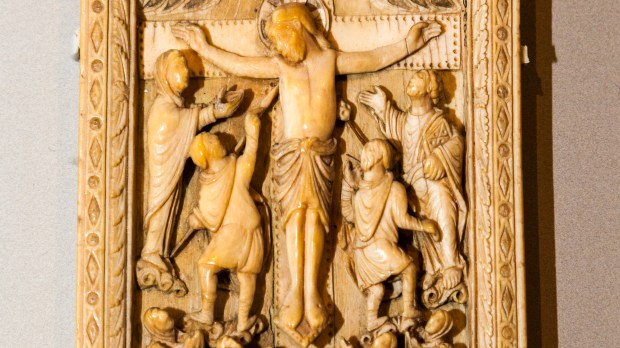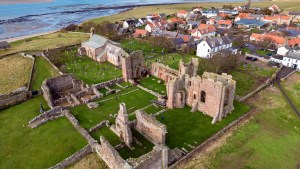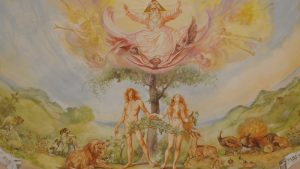Charles the Bald (823-877) was the grandson of the legendary Charlemagne and a central figure in the Carolingian Empire. This vast kingdom encompassed much of Western Europe and played a major role in shaping medieval Christendom. The Carolingian era witnessed a revival of learning, culture, and a deepening commitment to the Christian faith, reflected in exquisite works of art such as the famous ivory crucifixion panel of Charles the Bald.
The scene depicted on the panel speaks to the heart of the Christian faith. Christ’s death on the cross is understood not only as a historical event, but as a universal one as well. The resurrection is the ultimate triumph – a victory over death and time themselves.
The cross is the crossroads in which history and the cosmos meet. It is a historical event, yes: The ivory panel includes historical figures mentioned in the Gospels, Roman soldiers included. But it is also a universal one: Its implications not only extend to all humanity (past, present, and future), but are a transformation of time itself, the eternal flowing into the temporal.

Just a few elements were needed to create this cosmic typological composition: The angels above stand against the snake at the foot of the cross, finally beaten and defeated, as if to remind the spectator of the early heavenly battle.
The celestial bodies of the sun and moon high atop the cross further emphasizes the cosmic scope of Christ’s sacrifice and its transformative power: “Heaven and earth will pass away, but my words will never pass away,” Jesus being the Word of God nailed to the Cross –God’s ultimate promise of fidelity and irrevocable love.
The figures emerging from their tombs at the bottom of the composition stand in stark contrast to the celestial bodies. As they rise to eternal life, their presence seems to suggest that they would outlive even the sun and moon.
By commissioning this elaborate ivory work, Charles the Bald asserted both his piety and his authority. Such precious objects reinforced the sacred character of Carolingian kingship, and of the Empire itself. The Rheims School, known for its refined artistic style, probably created this masterpiece. The Crucifixion panel embodies the complex relationship between art, religion, and power in the Carolingian Empire. It serves as a tangible expression of both Charles the Bald’s personal devotion, and the universal significance of Christ’s Crucifixion, anticipating the universally significant event of the Resurrection.



